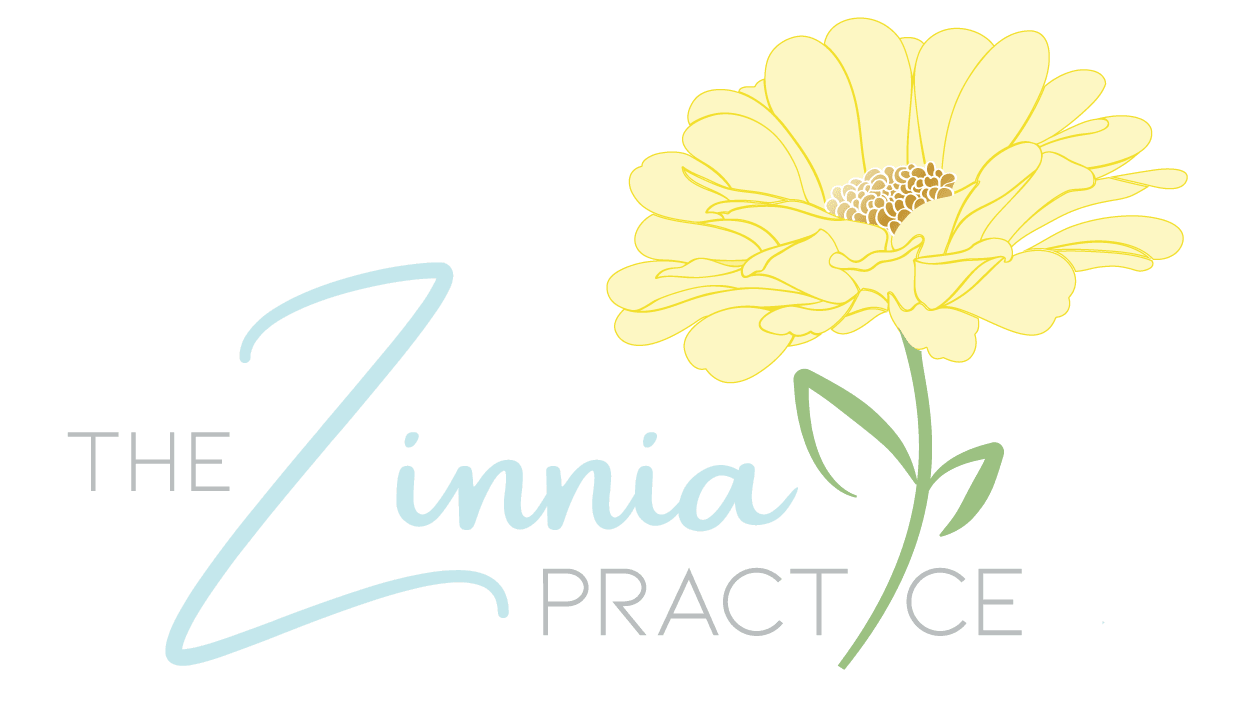Types of anxiety disorders
You've heard the word anxiety over and over again. Maybe you've even felt that feeling in the pit of your stomach, or thoughts that move so fast that you can barely focus. Or maybe you've felt the room spinning and you couldn't catch your breath. Sometimes it shows up as an overwhelming feeling that stops you in your tracks. Or you wake up and instantly burst into tears. Well, did you know that there are many different types of anxiety disorders?
Over the next few weeks, I'll be posting about each main category, but today let's just talk about the main categories. Before we dive in, I'll give you a brief overview of how I got the information. You see every therapist has a great huge manual from which we diagnose (yes, we can diagnose). Every few years, this manual is updated by tons of professionals in the mental health field. The most current version is called the Diagnostic and Statistics Manual of Mental Disorders 5 (DSM 5 or DSM V). This manual contains every single mental health disorder known to man. You can check it out here.
Okay so on to the good stuff. Here are the main categories of anxiety disorders:
1) Separation Anxiety Disorder: This occurs when a person experiences a heightened sense of anxiety when they have to be away from someone whom they are very attached to. In many cases, children often feel this when they have to be away from a parent, guardian or loved one. Adults can also experience this. The person has a huge fear of being away from the person, they might scream and shout when the person has to leave, they avoid leaving the person and they might even have nightmares about leaving. This isn't just an ordinary feeling of "I'll miss you." It's a tense, anxiety provoking angst when you think about being separated from your loved one.
2) Selective Mutism: This is also more common in children. This occurs when the person can speak, but he or she chooses not to speak in certain social situations such as at school or in a public place. This could be because the person feels very anxious or unsure. If the child does not speak due to a hearing or speech problem, or because they don't understand the language, then they probably don't meet the criteria for this disorder. My advice would be to first take the child to his or her pediatrician to get checked first, before going to a therapist.
3) Specific Phobia: Did you know phobias are a real thing? A phobia is a serious fear about an object or situation which causes the person very serious distress. You could have a phobia about anything-water, trees, certain foods, mascots, feathers-anything. Phobias are not something to laugh about because they can intense emotional pain and fear. Luckily they are treatable.
4) Social Anxiety Disorder: Serious fear or anxiety about being in a social situation where the person can be scrutinized by others. This isn't just a case of butterflies or a little shyness, in this situation the person has a serious fear. Because of this people often avoid such social situations.
5) Panic Disorder: This is a case of getting various unexpected panic attacks. Some symptoms of a panic attack are shortness of breath, dizziness, sweating, difficulty breathing, hot flashes, numbness and even fear of dying. After the panic attack subsides, people who get them often have anxiety about getting more attacks-which could then cause them to have panic attacks. It's a vicious cycle.
6) Generalized Anxiety Disorder: This is the diagnosis I see the most in my practice. It's basically excessive worry that is difficult to control, which occurs more days than not. Worry happens all the time even though you can't figure out why. Sometimes you experience tension in your neck and shoulders, difficulty sleeping, bad dreams, crankiness and tiredness.
7) Agoraphobia: A serious fear about being in open spaces, being in enclosed places, going into public transportation, being outside of your home alone and/or being in a crowd. Sometimes these situations could also trigger a panic attack. People with agoraphobia often feel most comfortable when they are in the comfort of their own homes.
So you see, anxiety is real and it is often very complex. But the truth is we have all felt anxious to one degree or the other. Anxiety is treatable and mental health therapists and counselors are trained to help you reduce your anxiety.
If you've been struggling with any of these situations, contact me for a free 15-minute phone consultation so we can talk about how to get you from sinking to thriving. Click here to email me.
